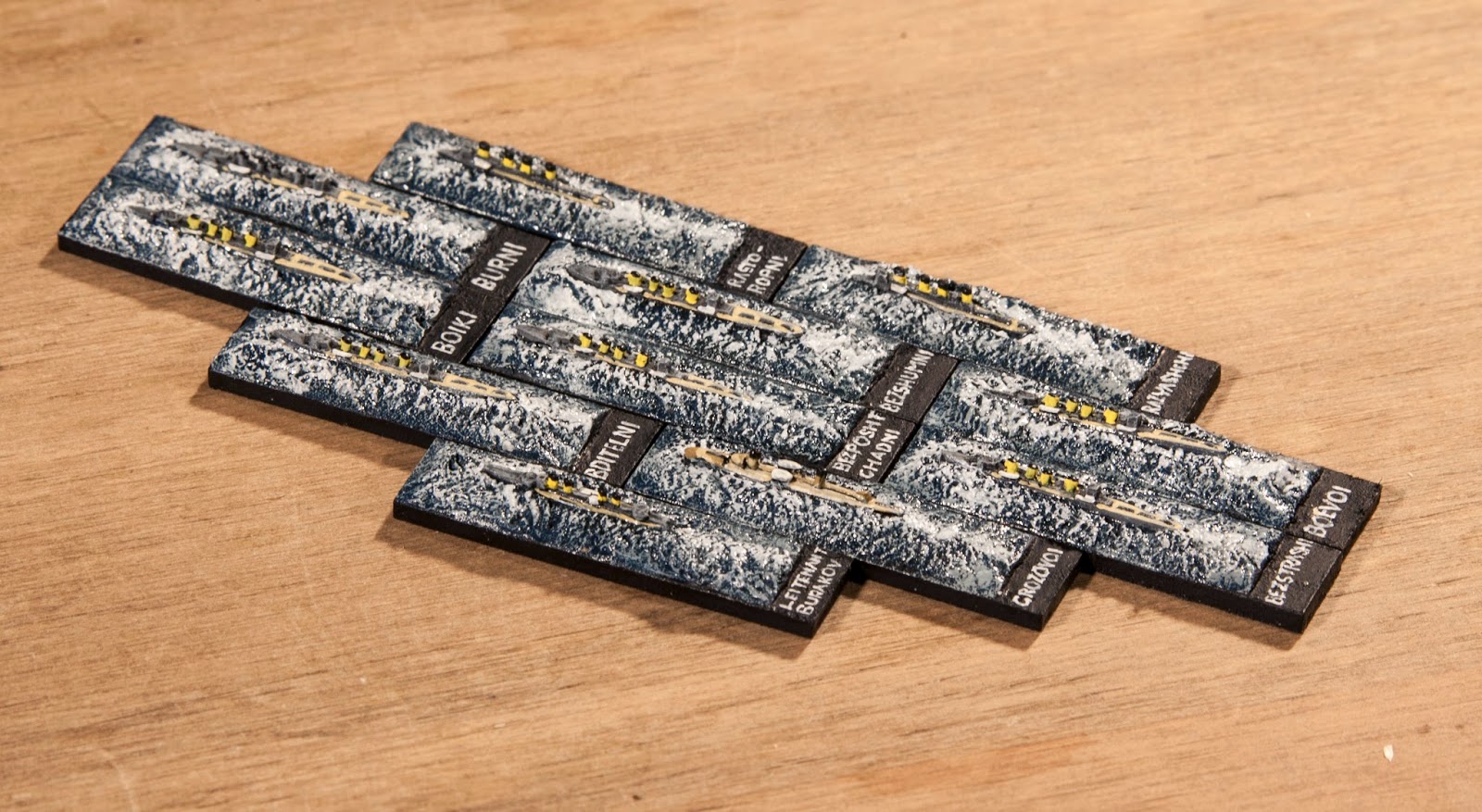So last week we took a look at the 2nd and 3rd Pacific Squadrons that managed to sail all the way around the world only to fall to the guns of Togo's Combined Fleet so comprehensively that it knocked Russia out of the war. Japan, until then a backwater agrarian nation of farmers suddenly became a world power having cowed two major world powers in a single decade.
But what of the 1st Pacific Squadron? The ships that were originally stationed in the Far East to keep the peace and enforce Russian expansionist policies?
These ships were split between two deep water harbours; Vladivostok and Port Arthur on the Liaoyang peninsular.Vladivostok spent much of the year locked up in deep ice restricting shipping but Port Arthur was viable all year round and was protected by steep hillsides on all sides of the harbour basin. Russia took this harbour as a concession from China and was unfortunately not able to finish preparing her for war before the Russo-Japanese War broke out in February 1904. It only had one dry dock which wasn't big enough to carry the big battleships, meaning only the smaller vessels could have below waterline hits effectively repaired.
The Russian Battleship Division was stationed at Port Arthur along with a wide range of Cruisers, Gunboats, Torpedo Boats and Destroyers. Pound for pound it was the most powerful navy in the East at this time...
Battleship Division 1st Sub Division
(OBB Tsarevich, OBB Petropavlovsk, OBB Sevastopol & OBB Poltava)
OBB Petropavlovsk
OBB Tsarevich
Battleship Division 2nd Sub Division
(OBB Retvizan, OBB Pobyeda & OBB Peresvyet)
OBB Peresvyet
OBB Retvizan
Division of Long Distance Scouts
(OCR Askold, OCR Bayan, OCR Diana & OCR Pallada)
OCR Askold
OCR Bayan
OCR Pallada
Division of Short Distance Scouts
(OCR Boyarin & OCR Novik)
These were the main battle line vessels of the 1st Pacific Squadron but they did not act alone, with a plethora of smaller vessels supporting them.
1st Destroyer Flotilla
(ODD Bditelni, ODD Bezposhtchadni, ODD Bezshumni, ODD Bezstrashni,
ODD Boevoi, ODD Boiki, ODD Burni, ODD Grozovoi,
ODD Lt Burakov, ODD Rastoropni & ODD Razyashchi)
2nd Destroyer Flotilla
(ODD Ryeshitelni, ODD Serditi, ODD Silni, ODD Skori,
ODD Smyeli, ODD Statni, ODD Steregushchi, ODD Storozhevoi,
ODD Strashni, ODD Stroini, ODD Vlastni, ODD Vnimatelni,
ODD Vnushitelni & ODD Vuinoslivi)
Auxiliary Vessel Tug (AG Silach)
Port Arthur Gunboat Flotilla
(PG Grozyaschi, PG Gremyaschi & PG Otvajni)
Gunboat PG Otvajni
Torpedo Gunboat PG Gilyak
Gunboat PG Yenisei
Port Arthur Minelayer Flotilla
(ML Mandjur & ML Amur)
Port Arthur Corvette Flotilla
(PG Djigit & PG Razboinik)
Port Arthur Torpedo Gunboat Flotilla
(PG Vsadnik & PG Gaidamak)
There is an enormous amount of assumptions and derivations over what colours the vessels of the Port Arthur squadron were supposed to have been painted. Perhaps the most well cited observation of the Russian Battleships were that they were painted a 'dirty cinnamon' colour which could have been a typical observation of Lamp Black which was a military black paint that had a brown hue to it. It was cheap and available in vast quantities so would make sense.
There are other citations that give all manner of browns as a colouring for the ships and some who have analysed photographic evidence of the era give a two tone colouring between a khaki and olive drab. This is the colour scheme that I opted for as it gave a more attractive look to the ships and provided some variety to the painting.
The Olive Drab can be mixed up with a healthy mix of Chocolate Brown, Olive Green, Silver Grey and Neutral Grey whilst the Khaki can be arrived at by mixing Chocolate Brown, Ochre, Silver Grey and Medium Grey.
I use Dark Sand and Light Sand to paint the decks and a Yellow Ochre for the funnels.
The smaller vessels are a mixture of the browns and blacks found on the larger ships. To provide some texture onto the flat areas of the vessels being painted I would use a lighter version of the colour being used and paint repeated strakes along the vessel sides...
The basing and painting of them will be covered in another blog post...
In the meantime any comments are welcome..





















I know it's several years late, but nice work!
ReplyDeleteThanks mate. Im glad you like them. I havent touched my pre-dreds in a while but Im verging on buying the Chinese Beiyang fleet from War Times Journal just to add a little more to the South China Sea! :D
Delete